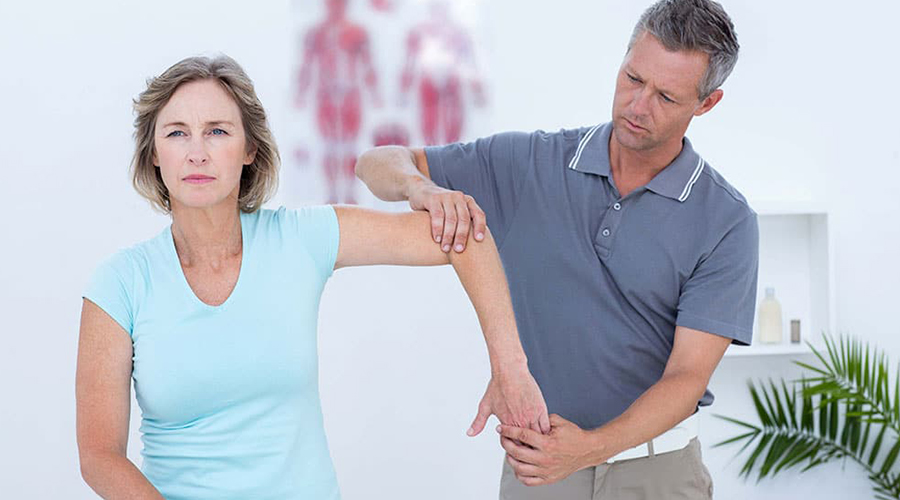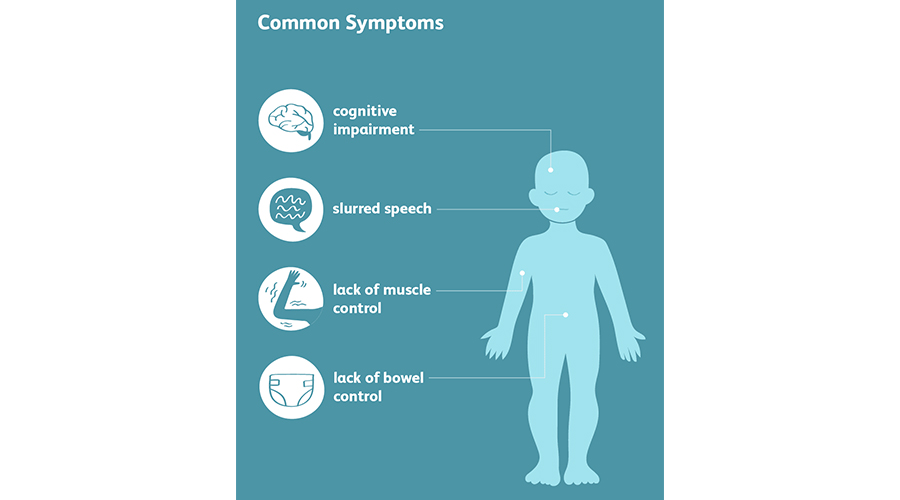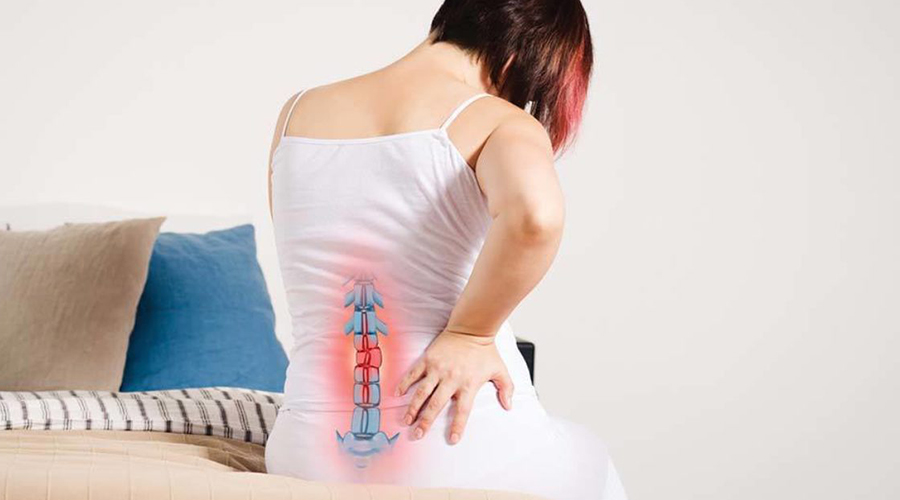ASK A PHYSICAL THERAPIST
- 04 May - 10 May, 2024

A: It seems that you have a condition known as Adhesive Capsulitis (Frozen shoulder). The diagnosis is confirmed after proper diagnosis. It is caused by inflammation of the joint. The shoulder capsule thickens and becomes stiff and tight. Adhesions develop and there is less synovial fluid in most of the cases. It has been divided into stages with initial pain and later stages of active and then passive restriction of the shoulder joint. The three stages are Freezing (pain is dominant and the stage lasts for about 6 weeks to 9 months) Frozen (stiffness starts dominating and the stage lasts for about 4 to 6 months) Thawing (almost normal strength and range, it takes about 6 months to 2 years). It may be idiopathic (no specific reason) or caused by factors like an injury, stroke, or surgery (altered patterns and hesitancy in shoulder joint movements can lead to the condition), there can be systemic causes like diabetes, extrinsic factors like cardiopulmonary diseases (blood pressure) and intrinsic factors like arthritis or tendinopathy. Frozen shoulder most commonly affects people between the ages of 40 and 60 and the condition is more prevalent in females. After a period of worsening symptoms, a frozen shoulder tends to get better, although full recovery may take up to 3 years. A physical therapist can help in any stage of Adhesive Capsulitis, addressing pain, joint stiffness/range, and muscle weakness utilizing various modalities, techniques, and exercises.

A: Cerebral Palsy is a neurological condition that is non-progressive and caused by damage to the developing brain during fetal life, delivery, neonatal or postnatal life. The symptoms include postural and tonal abnormalities and persistent reflexes. Although a PT uses various scales for the condition, however, a CT scan and MRI may be required for the findings. Cerebral Palsy is divided into types including spastic (increased tone), hypotonic (decreased tone), Dyskinetic (uncontrolled involuntary movement), and Ataxic (balance and coordination issues) A physical therapist evaluates the child and makes a comprehensive plan based on deficits (Musculoskeletal, Neuromotor, Sensory / Perceptual, Fine motor, Gross motor, Oral motor). A team that may include a pediatrician, orthopedic, ophthalmologist, neurologist, physical therapist and orthotist / prosthetist, speech and occupational therapist work with a child for helping him attain a maximum functional status. Parents play a very crucial role and are properly guided throughout the journey, the condition requires a long commitment to physical therapy.
A: Headache may have several causes, here it may be arising from the cervical spine or there may be trigger points in tight muscles (commonly in the trapezius muscle), however, a true diagnosis is based upon the assessment by a physical therapist. A physical therapist uses specialized techniques for muscle relaxation and joint mobilization to deal with the condition. He also guides us about proper postures to work. Please make sure you use a normal pillow (neither too soft nor hard) to support your neck and that your mattress is firm. Use a table, with appropriate height to study. Work at eye level.

A: The condition is known as “Coccygodynia / Coccydynia. There is pain at the tailbone/coccyx. It is difficult to sit or transition to standing by the patient. Pain is also felt during defecation. The pain resolves within weeks to months but in some cases, it can become chronic. The coccyx is found to be tender when palpated. The risk factors include body weight, age, and gender. Imaging is needed if the pain is consistent for more than 8 weeks. You are an office worker and proper ergonomic adjustment is required in this case. Make sure you use a firm seat and sit erect. Wedge-shaped cushions can be used. A donut/circular cushion can be used (recommended for 6-8 weeks). Weight should not be taken by the coccyx while sitting, the sitting bone is ischial tuberosity. Take breaks during working hours. Avoid symptom-increasing movements and postures. A physical therapist can help you deal with the condition by using specialized techniques and modalities.
COMMENTS